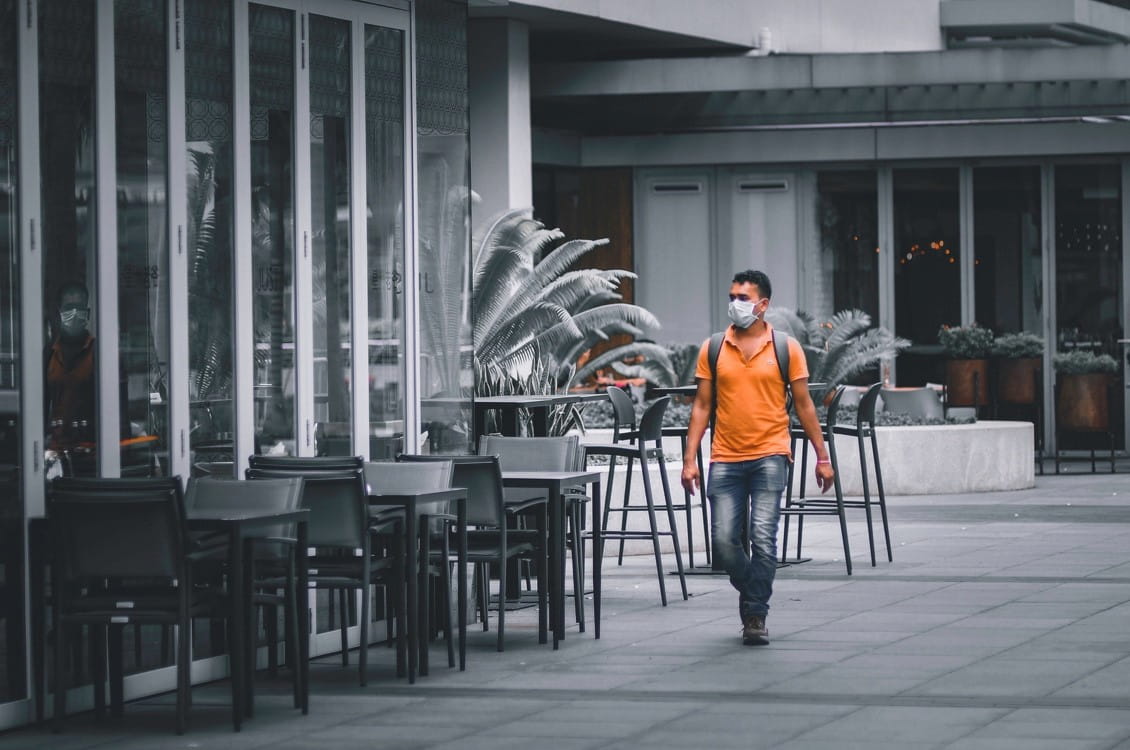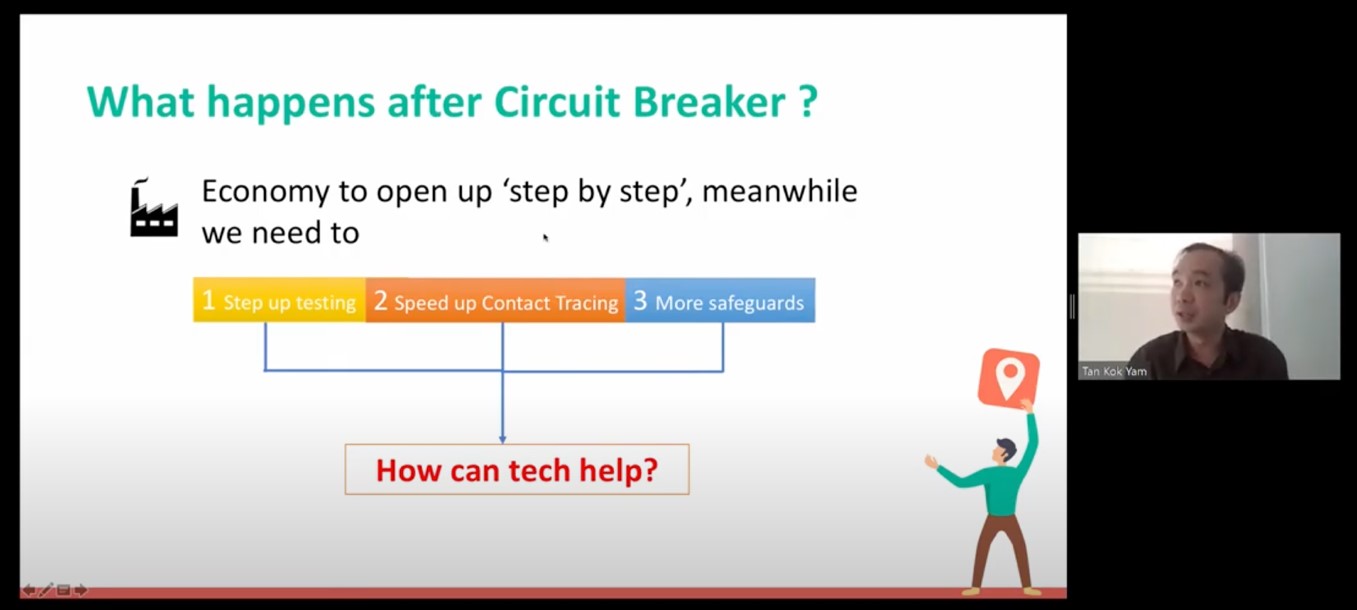How techies can facilitate the post circuit breaker economy

Restarting an economy during a pandemic is no simple task, which is why the Singapore Government is crowdsourcing for digital solutions to address COVID-19-related challenges.
Like many other countries hit by COVID-19, Singapore implemented “circuit breaker” measures in an attempt to contain the disease. While necessary and effective, keeping the economy at a virtual standstill cannot be sustained indefinitely.
With the circuit breaker now drawing to a close, yet another challenge arises: How can we reopen the economy while keeping the coronavirus at bay? Technology could very well be part of the answer.
“The last thing we want is to have another circuit breaker implemented,” said Mr Chan Cheow Hoe, Government Chief Digital Technology Officer. He was speaking at a STACK-X webinar titled “Hack the Crisis”, a session promoting the COVID-19 Idea Sprint, a hackathon organised to crowdsource solutions for COVID-19-related challenges.
Speaking alongside him on the webinar was Mr Tan Kok Yam, Deputy Secretary for Smart Nation and Digital Government, and Mr David Chua, Cluster Director (Health) at the Ministry of Health. Together, they discussed the challenges of reopening the economy and the role of technology in these trying times.
The hurdle ahead
According to Mr Tan, one of the main challenges to restarting the economy is coming to terms that the pandemic will not be resolved any time soon. “A second or third wave of infection is still possible,” he said. “Until an effective vaccine is developed, COVID-19 will remain with us.”
To help the economy recover amid an ongoing pandemic, the government plans to leverage digital technology to improve three areas: COVID-19 testing, contact tracing and safety measures against potential outbreaks. While these areas are most immediately relevant to public health, Mr Tan said that they may bubble into economic and social spheres as well, creating other problems that could use digital solutions too.
For example, the COVID-19 Idea Sprint is also crowdsourcing digital solutions to help the public overcome isolation and mental health issues. These solutions can manifest in forms that assist more vulnerable groups, like helping seniors access healthcare or students with their educational needs.
“What is the way to reopen the economy in a risk-managed manner?” he asked. “How do I decide between opening up one sector versus another?” In times like these, Mr Tan said that such questions will require fresh ideas and solutions, which they hope the public can contribute to.

Mr Tan Kok Yam, Deputy Secretary, Smart Nation and Digital Government, on the challenges of reopening the economy after the circuit breaker period.
Solutions for a pandemic economy
While no substitute for public health measures, the role of technology in this global pandemic cannot be discounted. Digital tools have enabled workplaces to continue operations and people to interact with one another even in a time of isolation. It is therefore unsurprising that the government is looking to crowdsource digital solutions that will help smoothen the journey forward.
Take, for example, TraceTogether, the contact tracing application developed by GovTech in March. The app logs users who have been in close proximity with one another, allowing authorities to track down potential cases if any user has tested positive for COVID-19. This would enable authorities to act swiftly and contain the virus to prevent another wave of outbreak while the economy is recovering. “Currently, contact tracing is a very manual, laborious and inefficient process. TraceTogether is one of those technologies that we are depending on to make contact tracing more efficient,” said Mr Chua.
Even so, a solution like this has challenges, like getting it to work on different mobile devices or achieving a wide enough user base. As such, Mr Chan said that they are looking at alternative solutions for contact tracing, too, such as retrieving insights from different data sources or using predictive analytics to identify viral clusters and risky behaviours. With crowdsourcing, these possibilities could potentially bear fruit.
Technology and policy hand-in-hand
With digital solutions for contact tracing and other public health issues, a key concern is maintaining data privacy and meeting existing safety regulations for medically sensitive information. During the webinar, several attendees voiced the need for the government to define these boundaries more clearly.
In response to this issue, Mr Tan said that the government’s stance has remained largely consistent, “We take what is needed to do the job, and nothing more.” He added that, as a matter of principle, the collaboration in this open call for solutions does not have to be unidirectional. “Technological solutions have an impact on policy, and if we prove that a certain approach requires a certain set of data to be effective, then it can affect the policy itself.”
Rather than feel restricted by the requirements to maintain the highest level of privacy, solution providers should adopt a problem-solving mindset, he said, suggesting ideas that tackle the core of the problems described by authorities. In this way, technology can help to effect change—not just in public policy—but also in how the economy is restarted.
“We are facing a multifaceted problem that goes beyond just technology, and we are stretched,” said Mr Chan. “So, we are reaching out to the community now; those of you who have been displaced by COVID-19 or want to do your bit for the country: join us; we are hiring. This is an open call: Help us battle the crisis; help us get back to normal.”


